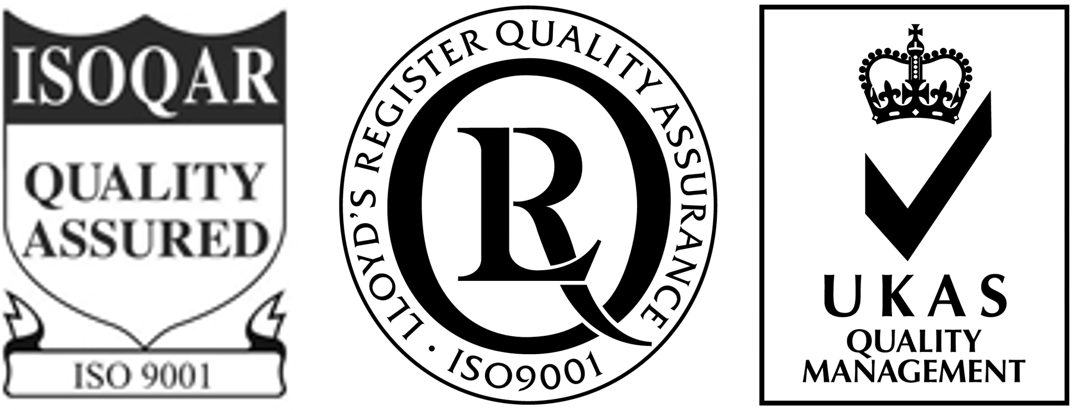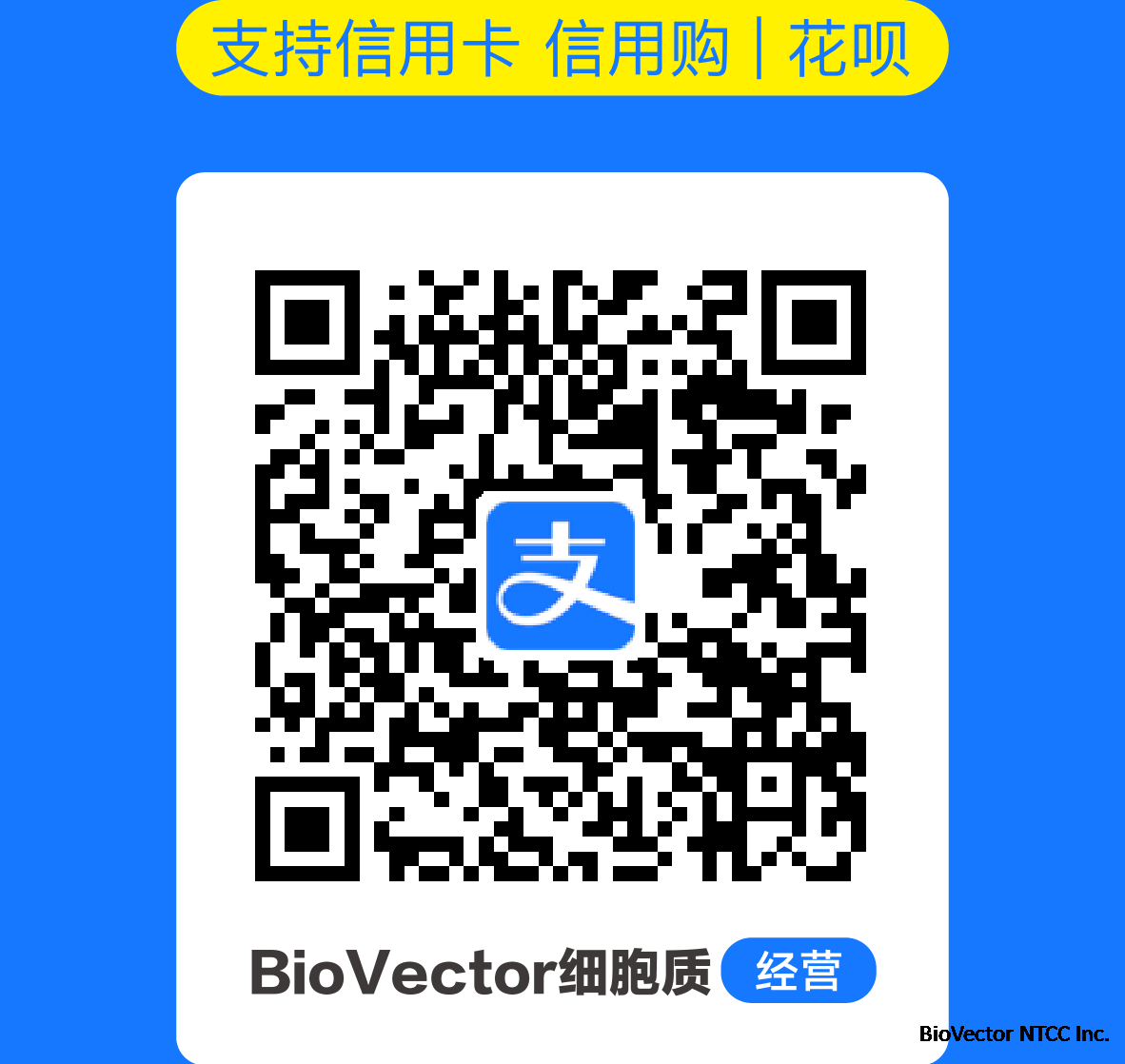EGFP-LC3荧光蛋白稳转细胞株 BioVector NTCC质粒载体菌种细胞基因保藏中心
- 价 格:¥49732
- 货 号:EGFP-LC3荧光蛋白稳转细胞株
- 产 地:北京
- BioVector NTCC典型培养物保藏中心
- 联系人:Dr.Xu, Biovector NTCC Inc.
电话:400-800-2947 工作QQ:1843439339 (微信同号)
邮件:Biovector@163.com
手机:18901268599
地址:北京
- 已注册
EGFP-LC3荧光蛋白稳转细胞株 BioVector NTCC质粒载体菌种细胞基因保藏中心 Human Cervical Epithelial Cells Cat No.: NTCC596265 The cervix is the lower portion of the uterus and functions to promote fertility and protect thefemale reproductive tract and fetus from potential pathogens. In addition, the cervix plays acritical role in childbirth by effacing and dilating to allow the baby to pass out of the uterus [1].Cervical epithelial cells (Cervical Epithelial Cells), which line the cervix, maintain structural integrity and limitthe passage of molecular and cellular substances into the cervix using intercellular junctions [2,3]. Studies have shown that patients infected with human papillomavirus (HPV) causesinflammation of the epithelial cell layer which can lead to the development of cervical carcinoma[4]. Primary human Cervical Epithelial Cells (Human Cervical Epithelial Cells) are a useful in vitro model for studying thepathophysiology of cervical polyps, HPV, and cervical cancer.Human Cervical Epithelial Cells from NTCC Research Laboratories are isolated from human uterus. Human Cervical Epithelial Cells arecryopreserved at passage one and delivered frozen. Each vial contains >5 x 105 cells in 1 mlvolume. Human Cervical Epithelial Cells are characterized by immunofluorescence with antibodies specific tocytokeratin-18. Human Cervical Epithelial Cells are negative for HIV-1, HBV, HCV, mycoplasma, bacteria, yeast, andfungi. Human Cervical Epithelial Cells are guaranteed to further expand for 10 population doublings under theconditions provided by NTCC Research Laboratories.Recommended MediumIt is recommended to use Cervical Epithelial Cell Medium (Cervical Epithelial CellsM, NTCC #7061) for culturingHuman Cervical Epithelial Cells in vitro.Product UseHuman Cervical Epithelial Cells are for research use only. They are not approved for human or animal use, or for application in in vitro diagnostic procedures.StorageUpon receiving, directly and immediately transfer the cells from dry ice to liquid nitrogen andkeep the cells in liquid nitrogen until they are needed for experiments.ShippingDry ice.References[1] Danforth D. (1983) “The morphology of the human cervix.” Clin Obstet Gynecol. 26(1):7-13.[2]Turyk M, Golub T, Wood N, Hawkins J, Wilbanks G. (1989) “Growth and characterization of epithelial cellsfrom normal human uterine ectocervix and endocervix. In Vitro Cell Dev Biol. 25(6):544-556.[3] Blaskewicz C, Pudney J, Anderson D. (2011) “Structure and function of intercellular junctions in human cervicaland vaginal mucosal epithelia.” Biol Reprod. 85(1): 97-104.[4] McLaughlin-Drubin M, Meyers J, Munger K. (2012) “Cancer associated human papillomaviruses.” Curr OpinVirol. 2(4): 459-466.Caution: Cryopreserved cells are very delicate. Thaw the vial in a 37oC water bathand return the cells to culture as quickly as possible with minimal handling!Initiating the culture:1. Prepare a poly-L-lysine-coated culture vessel (2 μg/cm2, T-75 flask is recommended).Add 10 ml of sterile water to a T-75 flask and then add 15 μl of poly-L-lysine stocksolution (10 mg/ml, NTCC #0413). Leave the vessel in a 37oC incubator overnight (or for aminimum of one hour).2. Prepare complete medium. Decontaminate the external surfaces of medium bottle andmedium supplement tubes with 70% ethanol and transfer them to a sterile field.Aseptically transfer supplement to the basal medium with a pipette. Rinse the supplementtube with medium to recover the entire volume.3. Rinse the poly-L-lysine-coated vessel twice with sterile water and then add 15 ml ofcomplete medium. Leave the vessel in the sterile field and proceed to thaw thecryopreserved cells.4. Place the frozen vial in a 37oC water bath. Hold and rotate the vial gently until thecontents completely thaw. Promptly remove the vial from the water bath, wipe it downwith 70% ethanol, and transfer it to the sterile field.5. Carefully remove the cap without touching the interior threads. Gently resuspend anddispense the contents of the vial into the equilibrated, poly-L-lysine-coated culture vessel.A seeding density of 6,000 cells/cm2is recommended.Note: Dilution and centrifugation of cells after thawing are not recommended since theseactions are more harmful to the cells than the effect of residual DMSO in the culture. It isalso important that cells are plated in poly-L-lysine-coated culture vessels to promote cellattachment.6. Replace the cap or lid of the culture vessel and gently rock the vessel to distribute thecells evenly. Loosen cap if necessary to allow gas exchange.7. Return the culture vessel to the incubator.8. For best results, do not disturb the culture for at least 16 hours after the culture has beeninitiated. Refresh culture medium the next day to remove residual DMSO and unattachedcells.Maintaining the culture:1. Refresh supplemented culture medium the next morning after establishing a culture fromcryopreserved cells.2. Change the medium every three days thereafter, until the culture is approximately 70%confluent.3. Once the culture reaches 70% confluency, change medium every other day until theculture is approximately 90% confluent.Subculturing:1. Subculture when the culture reaches 90% confluency.2. Prepare poly-L-lysine-coated culture vessels (2 μg/cm2) one day before subculture.3. Warm complete medium, trypsin/EDTA solution (T/E, NTCC #0103), T/E neutralizationsolution (TNS, NTCC #0113), and DPBS (Ca++- and Mg++-free, NTCC #0303) to roomtemperature. We do not recommend warming reagents and medium in a 37oC water bathprior to use.4. Rinse the cells with DPBS.5. Add 5 ml of DPBS and then 5 ml of T/E solution into flask (in the case of a T-75 flask).Gently rock the flask to ensure complete coverage of cells by T/E solution. Incubate theflask in a 37oC incubator for 3 to 5 minutes or until cells completely round up. Use amicroscope to monitor the change in cell morphology.6. During incubation, prepare a 50 ml conical centrifuge tube with 5 ml of fetal bovineserum (FBS, NTCC #0500).7. Transfer T/E solution from the flask to the 50 ml centrifuge tube (a small percent of cellsmay detach) and continue to incubate the flask at 37oC for another 1 to 2 minutes (nosolution in the flask at this moment).8. At the end of incubation, gently tap the side of the flask to dislodge cells from thesurface. Check under a microscope to make sure that all cells detach.9. Add 5 ml of TNS solution to the flask and transfer detached cells to the 50 ml centrifugetube. Rinse the flask with another 5 ml of TNS to collect the residual cells.10. Examine the flask under a microscope for a successful cell harvest by looking at thenumber of cells being left behind; there should be less than 5%.Note: Use NTCC T/E solution that is optimized to minimize cell damages due to overtrypsinization.11. Centrifuge the 50 ml centrifuge tube at 1000 rpm for 5 minutes. Resuspend cells inculture medium.12. Count and plate cells in a new poly-L-lysine-coated culture vessel with the recommendedcell density.Caution: Handling human derived products is potentially biohazardous. Although each cellstrain tests negative for HIV, HBV and HCV DNA, diagnostic tests are not necessarily 100%accurate, therefore, proper precautions must be taken to avoid inadvertent exposure. Alwayswear gloves and safety glasses when working with these materials. Never mouth pipette. Werecommend following the universal procedures for handling products of human origin as theminimum precaution against contamination [1].[1] Grizzle WE, Polt S. (1988) “Guidelines to avoid personal contamination by infective agents in researchlaboratories that use human tissues.” J Tissue Cult Methods. 11: 191-9.
[Supplier来源] http://www.biovector.net
您正在向 biovector.net 发送关于产品 EGFP-LC3荧光蛋白稳转细胞株 BioVector NTCC质粒载体菌种细胞基因保藏中心 的询问
- 公告/新闻



 免费订购电话: 400-800-2947
免费订购电话: 400-800-2947